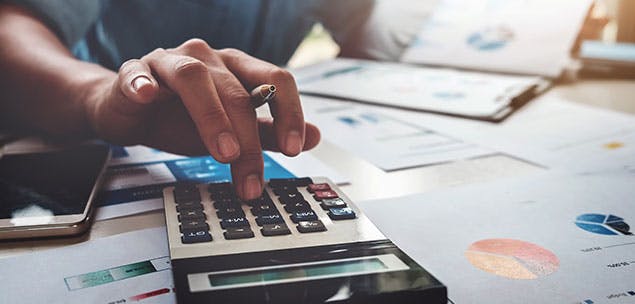The Government’s announcement to increase and extend the instant asset write-off is expected to stimulate small business growth and investment.
According to business accounting software company, MYOB, 28 per cent of small businesses find cashflow a real pressure.
“Steps like these will provide a welcome leg-up to businesses looking to achieve growth this year,” said MYOB CEO, Tim Reed.
“Anything that helps small business invest in the future of their business is something that should be embraced. By more closely matching the tax deduction from this investment to the time when the business has to pay for the new asset, this initiative will help growing businesses improve their cashflow, and is therefore a great initiative that will help drive prosperity in the Australian small business community.”
Australian Chamber of Commerce CEO, James Pearson, said that the increase in the instant asset write-off would further stimulate small business investment, which would flow through to stronger economic and employment growth over the coming year.
“This announcement recognises that small businesses are major drivers of economic activity,” Mr Pearson said.
“Over the past year, the Australian Chamber has called for the instant asset write-off to be permanent for small business.
“Although an extension to 2020 is not a commitment for the measure to be permanent, it is a good start.
“Making the instant asset write-off permanent will encourage longer-term investment planning by small businesses and will support continuous and sustainable business growth.”
In his first economic speech for 2019, Prime Minister Scott Morrison announced that the government would extend the Instant Asset Write-Off until June 30, 2020 and increase the threshold from $20,000 to $25,000.
“This means that from today small businesses can instantly deduct each and every asset under $25,000,” Mr Morrison said.
“This measure will allow the more than 3 million eligible small and family businesses with a turnover of up to $10 million a year, to keep $750 million of their own money, money that they have earned themselves, so they can reinvest it back in their businesses and support more jobs and the wages of their 5.7 million employees. That’s how you make a stronger economy.”

